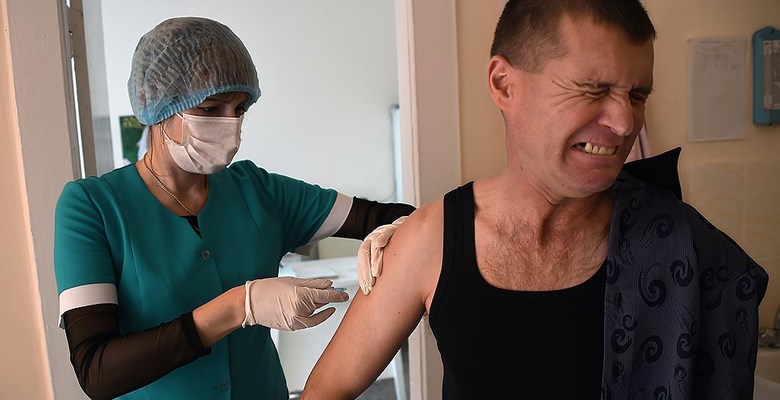
The word “immunogenicity” describes the positive qualities of a vaccine (that lead to immune resistance to a virus). The word “reactogenicity” describes the negatives (side effects of immunization). The ratio of these two categories determines the quality of a vaccine- its effectiveness and safety. Unfortunately, there is a direct relation between the two: the higher the effectiveness - the higher the risk of side effects.
Today all efforts are aimed at developing vaccines with maximum immunogenicity and minimum reactogenicity. The world’s leading laboratories are working on methods of vaccine processing, including use of special supplements.
Our researchers have modified the flu vaccine with nanoparticles of ceric oxide. One of the key characteristics of Nano crystal cerium dioxide is the ability to inactivate oxygen and prevent oxidation stress. It makes it a safe adjuvant that does not lead to ASIA – an autoimmune syndrome that can be induced by adjuvants.
As our basis we took trivalent split-vaccine Vaxigrip (Sanofi Pasteur, France), which includes inactivated split virus A/H1N1 and A/H3N2, as well as type B influenza virus. The vaccine was modified by addition of nanoparticles of cerium dioxide of 2-6 nm in size. Injection of tetravalent cerium dioxide nanoparticles leads to their adsorption by the viral membranes and the formation of larger particles that contain fragments of various viruses. With such structure the vaccine becomes more effective.
The study of immunogenicity of the modified vaccine was conducted on white outbred mice. In mice immunized by unmodified vaccine we observed a fourfold increase in A/H1N1 and A/H3N2antibody levels, while in case of type B flu virus the level of antibodies produced did not differ from that of non-immunized mice. Thus, the immunogenicity of the Vaxigrip vaccine towards type A flu viruses meets the European Committee’s requirements for flu vaccines, in case of type B flu viruses it does not.
The group of mice immunized by the nanoparticle-modified vaccine demonstrated a significant increase in antibody level towards all three types of flu virus the vaccine covered. The study revealed eight-fold growth in antibody levels for A/H1N1 and A/H3N2 viruses, while producing a four-fold increase for the type B flu virus.
Nanoparticle-modified vaccines did not demonstrate higher reactogenicity, but increased the duration of antibody circulation in the blood of immunized mice, which was supposed to extend the immune protection against the flu.
The new method of vaccine modification is simple and efficient and it does not require any significant technological changes in terms of vaccine production. Production of the modified vaccine only requires the injection of cerium dioxide nanoparticles. Viral fragments then form multicomponent structures by themselves.
Vladimir Ivanov, RAS member
Nadezhda Zholobak, PhD in Biology
Alexander Scherbakov, PhD in chemistry
http://www.kommersant.ru/doc/3155304








